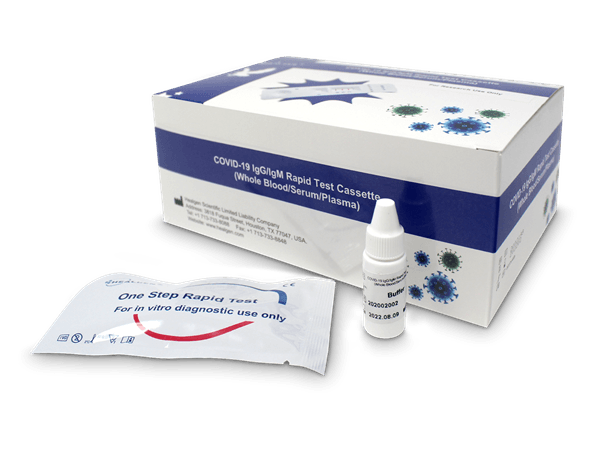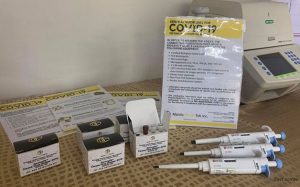
So they can detect the virus even when it’s present at very low levels. PCR tests look for virus genetic material after it has been multiplied. PCR tests use polymerase chain reaction technology to rapidly make thousands of copies of viral genetic material (DNA) found in a sample from your nose. At-home PCR tests (sometimes called nucleic acid amplification tests or NAAT tests) are also available.

Are there other options for at-home COVID-19 tests? If only a small amount of virus is present, the test may still register as negative. That means there needs to be a pretty heavy load of virus in your nose for the test to turn positive. The downside of antigen testing is that these tests aren’t very sensitive. Rapid antigen tests are useful because they work quickly and don’t require much equipment. When you use the test correctly, viral antigens picked up on the swab will cause an indicator area on a test strip or card to change color. Rapid antigen tests use microscopic tags that recognize viral particles, or antigens, in the mucus from your nose. What is the technology behind at-home COVID-19 tests?įor the most part, at-home COVID tests are rapid antigen (Ag or RAT) tests. The kits are available over the counter in many pharmacies and online. The kits typically include:Ī swab to collect material from inside your nose If you aren’t, the test will be negative (-).Īt-home COVID-19 test kits contain all the materials and instructions you need to to test yourself - or someone else - for COVID-19.

If you are infected with the virus that causes COVID-19, the test will be positive (+). What is an at-home COVID-19 test?ĬOVID-19 tests are designed to detect a Sars-CoV-2 coronavirus infection in your body. Here we’ll answer some common questions about at-home COVID-19 tests, including how they work, who should use them, and when. This makes a big difference when it comes to keeping the illness from spreading through our communities. It only takes a few minutes to find out if you’re contagious with COVID-19, and most people can complete a test without leaving home. The disease spread quickly - in part because many people didn’t know they were contagious.įortunately, COVID-19 tests are readily available now. Testing for COVID-19 got off to a slow start at the beginning of the coronavirus pandemic.


 0 kommentar(er)
0 kommentar(er)
